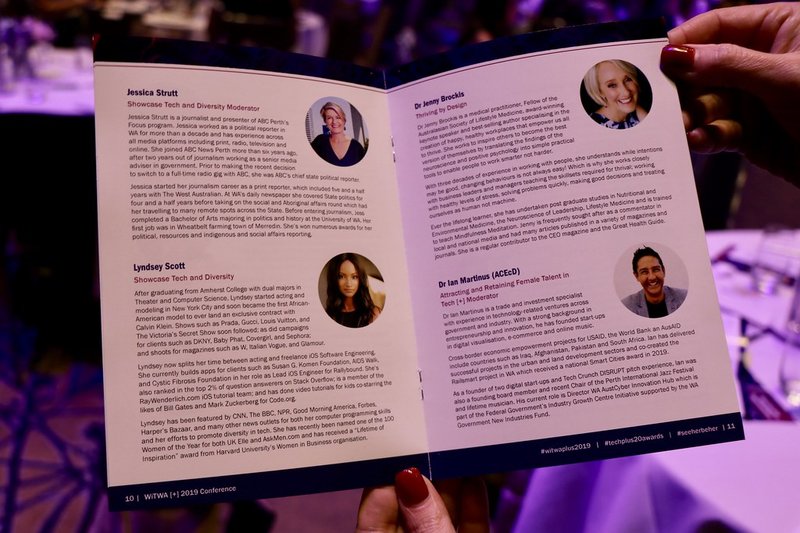The irony wasn’t lost on me as I sat in my Vancouver apartment, surrounded by four screens blinking with cybersecurity alerts, while trying to practice a five-minute breathing meditation. As both a mindfulness practitioner and cybersecurity consultant, I’ve spent years navigating the tension between technological vigilance and present-moment awareness. This contradiction has become my greatest teacher.
Many of us work in fields where constant digital alertness is not just encouraged but required. The SANS Cyber Solutions Fest I’m preparing for next spring is a perfect example of how deeply technology permeates our professional lives. Yet this constant connectivity exacts a toll on our mental well-being that we rarely acknowledge.
Mindfulness – The Mindful Tech Professional
My journey into mindfulness began seven years ago after a particularly intense security breach response left me burned out and disconnected. I’d spent 72 sleepless hours tracking malicious actors through network logs, surviving on coffee and adrenaline. When it was over, I couldn’t remember what day it was or the last time I’d eaten a proper meal.
That wake-up call showed me that technical expertise alone wasn’t sustainable without internal awareness. I needed practices that would allow me to maintain my professional edge while preserving my humanity.
Mindfulness isn’t about escaping technology—it’s about engaging with it consciously. When I’m analyzing potential threats or investigating vulnerabilities, I’m actually practicing a form of specialized attention that, when approached mindfully, can be deeply fulfilling rather than depleting.
Mindfulness – Present-Moment Awareness in a Digital World
True mindfulness in our hyperconnected era means acknowledging the reality of our digital environments without being consumed by them. Here are practices I’ve developed that honor both worlds:
The Tech Check-In – Mindfulness
Before opening any device, take three conscious breaths. Ask yourself: “What is my intention for using this technology right now?” This creates a momentary pause that can transform mindless scrolling into purposeful engagement.
I practice this before scanning threat intelligence reports each morning. Those few seconds of awareness help me approach potentially alarming information with clarity rather than anxiety.
Digital Boundaries – Mindfulness
Establish technology-free zones and times in your life. My bedroom remains device-free, and I disconnect completely for two hours before sleep. These boundaries create spaces where presence can flourish naturally.

The 20-20-20 Practice
When working with screens, every 20 minutes look at something 20 feet away for 20 seconds. This not only rests your eyes but anchors you in your physical environment. During these moments, I often take the opportunity to notice one sound, one sensation, and one visual element in my surroundings.
While preparing materials for the upcoming SANS Cyber Solutions Fest, I set a gentle chime to remind me of this practice. It’s remarkable how these brief pauses have improved both my focus and my overall sense of well-being.
Mindfulness in Cybersecurity Work
My work in vulnerability management has unexpectedly deepened my mindfulness practice. Both disciplines require a similar stance: clear perception without judgment, awareness of patterns, and the ability to respond rather than react.
When examining potential attack surfaces, I approach each system with what Zen practitioners call “beginner’s mind”—seeing what’s actually there, not just what I expect to find. This attentiveness has helped me identify threats others have missed, not because I’m more technically skilled, but because I’m fully present with what’s before me.
The RAIN Technique for Digital Overwhelm
When technology triggers stress or anxiety—as it often does in cybersecurity—I apply the RAIN technique:
- Recognize what’s happening (“I’m feeling overwhelmed by these security alerts”)
- Allow the experience to be there
- Investigate with kindness how it feels in your body
- Non-identification—remember that you are not your thoughts or feelings
This practice has been invaluable during incident response scenarios when tension runs high. It creates space between stimulus and response, allowing for clearer decision-making.
Cultivating Digital Compassion
Technology often seems cold and impersonal, but behind every line of code, every security breach, and every digital interaction are human beings. Remembering this humanizes our relationship with technology.
When I discover vulnerabilities in a client’s system, I approach the situation with compassion rather than criticism. When attending cybersecurity conferences like the upcoming SANS event, I make a point of seeing the people behind the presentations rather than just absorbing information.
This perspective shift transforms technical work from a purely analytical exercise into an opportunity for connection and service.
Practical Mindfulness Techniques for Tech Professionals
These practices have sustained me through years of high-stress cybersecurity work:
1. Mindful Transitions
Create rituals that mark the shift between different modes of attention. Before moving from one task to another, take three conscious breaths. This is especially important when transitioning between deeply technical work and human interactions.
2. The “Device Down” Practice
Designate times when all devices are turned off or put away. During these periods, practice being with whatever arises—boredom, restlessness, creativity. These device-free intervals have become the most regenerative parts of my day.
3. Mindful Listening
In our notification-saturated environment, truly listening has become rare. When speaking with colleagues or clients, practice giving them your full attention. This means temporarily disabling notifications and making eye contact.

4. Body Awareness Check-ins
Technology often pulls us into our heads and away from bodily awareness. Several times daily, I scan my body from feet to head, noticing tension, posture, and breath. This practice is particularly important during intense focus periods, like when I’m preparing presentations for cybersecurity tracks at conferences.
Finding Balance in the Digital Age
The technologies we’ll be discussing at the upcoming SANS Cyber Solutions Fest—from cloud security to zero trust architectures—are reshaping our world at an unprecedented pace. Navigating this landscape mindfully requires intention and practice.
I’ve found that the most sustainable approach is neither blind techno-optimism nor fearful resistance, but mindful engagement. This means appreciating technology’s benefits while remaining grounded in timeless human values like presence, connection, and compassion.
When I sit down at my computer each morning, I remind myself that technology is a tool for human flourishing, not an end in itself. This perspective helps me maintain a healthy relationship with the digital world I work in.
The Path Forward
Mindfulness doesn’t promise to eliminate the challenges of our digital age. What it offers instead is a way to meet those challenges with greater awareness, balance, and wisdom.
As I prepare for next year’s cybersecurity conference in Vancouver, I’m integrating mindfulness into both my presentation preparations and the content itself. Because the future of technology isn’t just about better tools—it’s about better humans using those tools wisely.
The most powerful firewall is ultimately your own awareness. The most effective security protocol is presence. And the most valuable technology is that which enhances our humanity rather than diminishing it.
May your own journey with technology be mindful, balanced, and deeply human.



